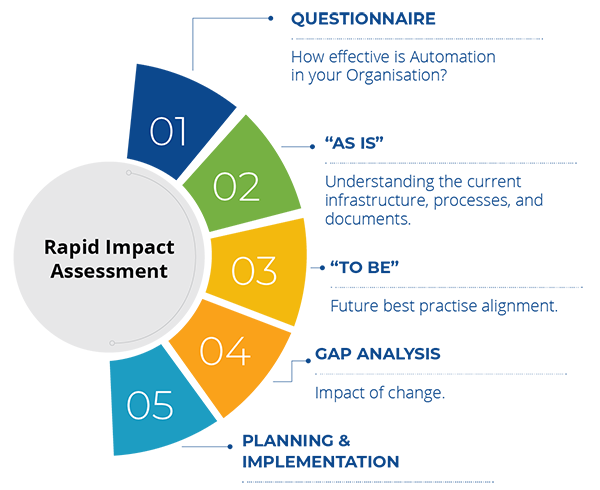
The importance of Smart Documents for your Business

Business processes, irrespective of what industry sector they take place in, begin – and end – with a document. Without world-class Document Generation and Automation capability, an organisation suffers, on many levels:
- Customers view companies that have messy document processes as unprofessional and inefficient.
- Employees of companies with sub-par communication and document processes see their employer as unprofessional and inefficient.
- Legal, risk and compliance are flouted via inefficiency.
- Inefficient document generation will consume over 35% of your knowledge workers’ time.
- There is the urge to rip and replace systems
Found lacking
Enterprise systems produce documents for the processes within the business they automate. These documents are typically standard, static and repetitive.
But when it comes to documents and processes that are non-standard, customer-facing or that require data from multiple systems, these enterprise systems are lacking.
Adding non-serving enterprise systems to the plethora of digital applications that are most likely already implemented results in:
- Application switching and inaccuracies
- Disconnected workforce
- Disconnected applications in a workflow
- Disconnected content
- Disconnected customers
- Disconnected suppliers
If your organisation runs on documents, should the efficient generation and automation of these documents not be your primary concern?
Quantifying the cost
The cost-saving to be had from professional documentation and automation tools is easy to quantify. Not quite as easy to quantify, is revenue generation through:
- Reputational damage
- Retaining Customers
- New Customers Acquisition
- Customer Share of Wallet
Likewise, it is extremely difficult to measure cost and revenue associated with:
- The ability to retain talent
- The ability to attract talent
- Adherence with legal requirements
- Adherence with risk and compliance requirements
With all said, it’s no wonder that many of the rating agencies and big consulting companies out there are now moving Document Generation and Automation to the top of their IT agendas.
Content Services are king
It is our point of view that content enablement – as opposed to the generation of new content – is the answer. World-class Document Generation and Automation tools unify businesses’ needs to centrally govern content, with employees’ desire to produce content.
Accurate data needs to be pulled from and pushed to the source, which often involves multiple enterprise and siloed systems. The data does not need to be re-platformed, but rather needs to remain in its operating environment and populate documents from the source.
Accurate content needs to play the right role in the right documents and workflows. This is what the term “Content Services” alludes to, with the delivery engine being Document Generation and Automation.
Gartner describes a Content Services Platform (CSP) as “a set of services or microservices, embodied as an integrated product suite and applications that share common APIs and repositories. A CSP exploits diverse content types and serves multiple constituencies and numerous use cases across an organisation”.
Given the above, content services should build out an organisation’s digital experience with smart dynamic documents and integrated workflows.
How Docgen and Automation works
Document Generation and Automation tools fulfil a major role, beginning with the creation of a document template repository, which would ideally include the template digitisation of all documents used in an organisation.
These documents templates are then linked to the systems in which the relevant content resides via APIs, and pulled into documents where required. The documents, in turn, are automated with embedded formulas and routed via workflow to where they need to be. Where necessary, these documents can be digitally signed and relevant data pushed back to enterprise systems.
These documents will always be indexed and classified, but the document storage and management component remain at source.




